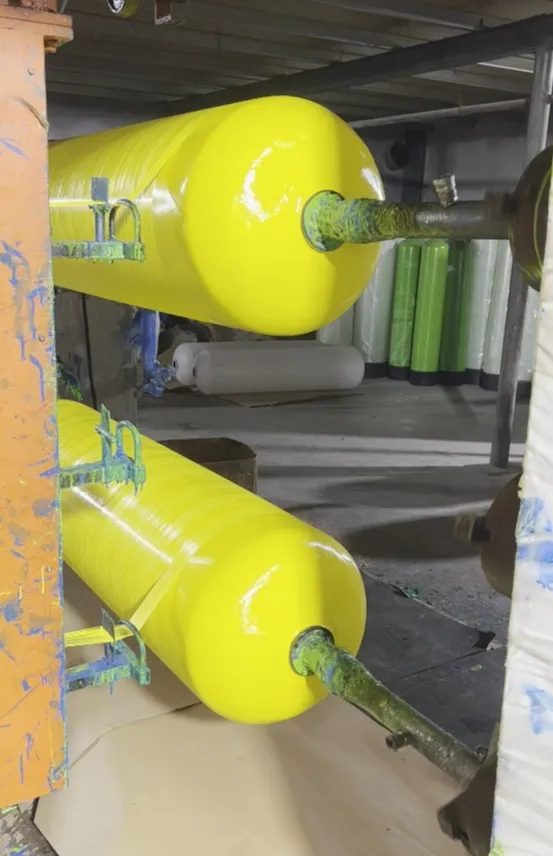loading...
- No. 9, Xingyuan South Street, Dongwaihuan Road, Zaoqiang County, Hengshui, Hebei, China
- admin@zjcomposites.com
- +86 15097380338
- Welcome to visit our website!
Innovative Design Concepts for Efficient Square Water Storage Tanks and Their Applications
Understanding Square Water Storage Tanks
Water storage tanks play a crucial role in managing water supply systems, whether for residential, commercial, or agricultural purposes. Among the various designs, square water storage tanks have gained popularity due to their efficient use of space and practical benefits. This article explores the features, advantages, and considerations associated with square water storage tanks.
Design and Structure
Square water storage tanks are characterized by their geometric shape, typically featuring four equal sides. This design allows for optimal use of space, making them ideal for locations with limited ground area. The construction of these tanks can be made from various materials, including reinforced concrete, fiberglass, plastic, and steel. The choice of material often depends on the intended use, environmental conditions, and budget.
One significant advantage of the square shape is that it can be easily integrated into building designs, often placed on rooftops or near distribution points. The uniformity of the walls facilitates easier installation and maintenance, while also ensuring that the tank remains stable and durable against external pressures.
Advantages of Square Water Storage Tanks
1. Space Efficiency Square tanks maximize storage capacity within a given footprint, making them suitable for urban environments where space is at a premium.
square water storage tank

3. Cost-Effective Generally, square tanks might require less material to produce than cylindrical tanks of the same volume, potentially leading to lower manufacturing and installation costs.
4. Ease of Cleaning and Maintenance The flat surfaces of square tanks make cleaning and maintenance tasks straightforward. Accessibility is easier for inspection and repairs.
5. Versatile Applications These tanks are utilized in various sectors, including agriculture for irrigation, in municipal water supply systems, and for industrial purposes. They can store potable water, rainwater, or non-potable water for firefighting or irrigation.
Installation Considerations
While square water storage tanks offer numerous benefits, there are several factors to consider during installation. Proper site assessment is essential to ensure that the ground is level and capable of supporting the tank's weight when filled. Additionally, local regulations and building codes must be adhered to, particularly regarding water storage and safety standards.
The tank's placement should also allow for convenient access for water deliveries and maintenance activities. Adequate drainage and overflow management systems must be in place to prevent flooding in case of excessive rainfall or overflow conditions.
Conclusion
Square water storage tanks represent a practical and efficient solution for various water storage needs. Their innovative design, coupled with the advantages of space efficiency and cost-effectiveness, make them a preferred choice in many applications. As water scarcity continues to be a pressing global issue, the importance of efficient water storage solutions, like square water storage tanks, will only grow, driving advancements in design and material technology. Investing in the right water storage system can significantly enhance water management efforts, contributing to sustainability and resource conservation in our communities.
-
Why Choose a Galvanized Water Tank for Your Storage NeedsNewsMay.21,2025
-
The Strength and Durability of FRP GratingNewsMay.21,2025
-
The Importance of Water Treatment Systems for Clean and Safe WaterNewsMay.21,2025
-
The Advantages of FRP Rebar for Construction ProjectsNewsMay.21,2025
-
Say Goodbye to Hard Water with a Reliable Water SoftenerNewsMay.21,2025
-
Maximize Your Water Storage with a Sectional Water TankNewsMay.21,2025
-
The Power of Filter VesselsNewsMay.19,2025
